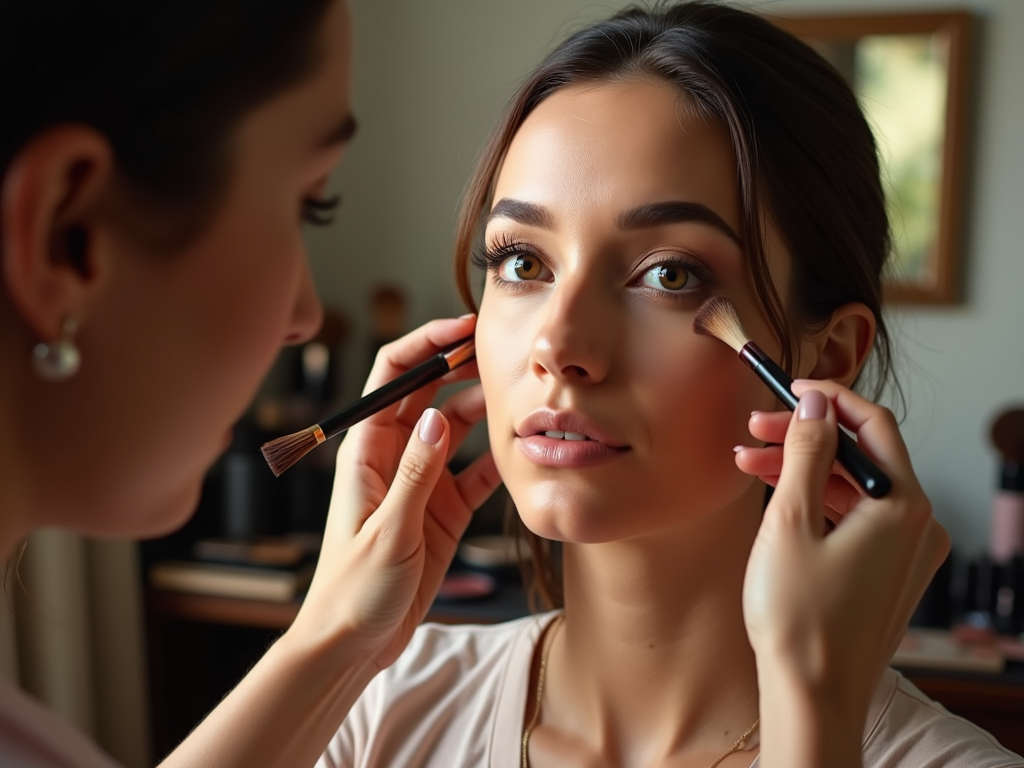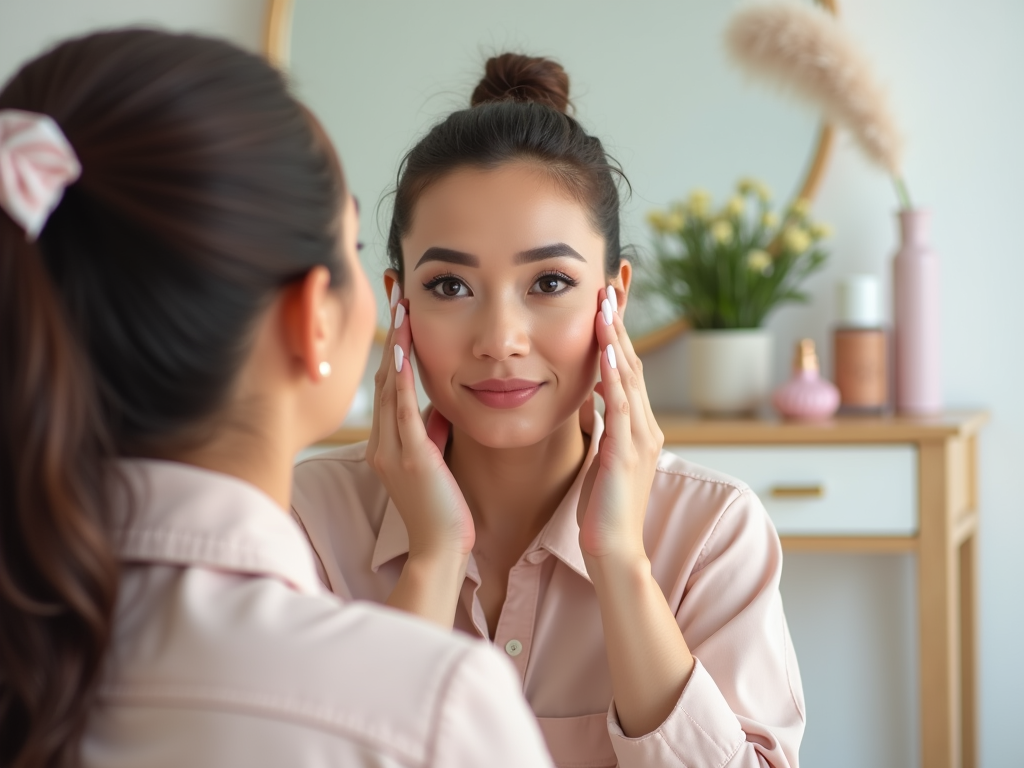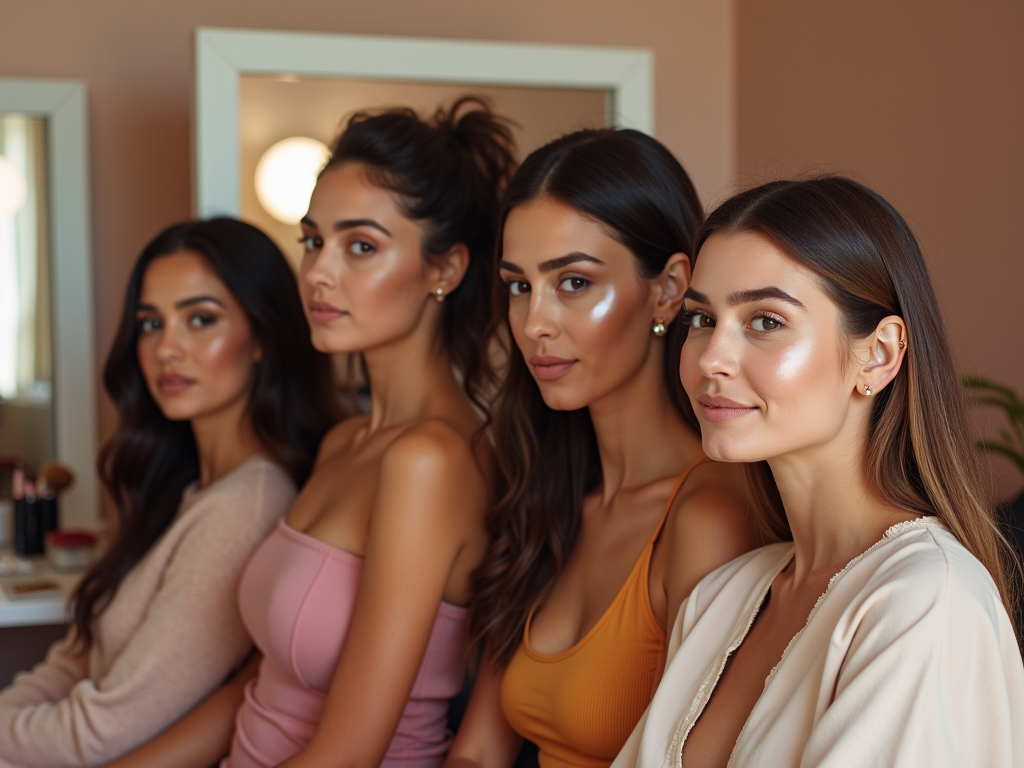Contouring is an essential makeup technique that allows you to enhance your natural features by creating shadows and highlights. However, the key to successful contouring lies in understanding your unique face shape. In this article, we will explore effective contouring techniques tailored to different face shapes, enabling you to achieve that flawless look you desire. From oval to round, each face shape has its unique needs, and once you grasp these concepts, your makeup game will elevate tremendously. Let’s dive into the recommendations to get you looking your best!
Understanding the Different Face Shapes

Before diving into the specific contouring techniques, it’s crucial to accurately identify your face shape. Here’s a brief overview of the different categories:
- Oval: Lengths equal to the width at the cheekbones, narrow at the forehead and jaw.
- Round: Full cheeks with a wide forehead and equal length and width.
- Square: Angular jawline with strong forehead and equal length and width.
- Heart: Wider forehead and cheekbones with a narrow jawline.
- Long/Rectangular: Longer than it is wide with a long jawline and forehead.
Determining your face shape is the crucial first step toward effective contouring. Each shape can benefit from tailored techniques that help to define and augment your features, thus polishing your overall makeup look. With this understanding, you can proceed to apply contour products strategically, making a noticeable difference in your appearance.
Contouring Techniques for Each Face Shape

Now that you know your face shape, let’s explore specific contouring methods that suit each type.
1. Oval Face Shape
For those with an oval face, congratulations! You have the most versatile face shape for contouring. Here’s how to enhance your beautiful features:
- Forehead: Use a lighter shade on the center to bring focus.
- Cheekbones: Apply contour below the cheekbones for subtle definition.
- Jawline: Lightly contour along the jawline if desired, but it’s generally not necessary.
This structure naturally complements your features, allowing for softer contouring. Remember, a touch of highlighter above the cheekbones can harmonize your look beautifully.
2. Round Face Shape
If you have a round face, your goal should be to create the illusion of length. Follow these contouring steps:
- Forehead: Apply contour along the hairline to elongate the appearance of your forehead.
- Cheekbones: Focus on contouring the sides of your face, blending towards the center.
- Jawline: Define with contour beneath the jawline to add depth.
This method allows for more angularity, drawing attention upwards and balancing the softness of round features.
3. Square Face Shape
For a square-shaped face, it’s essential to soften the angularity. Here’s how:
- Forehead: A soft contour across the hairline will help round out the shape.
- Cheekbones: Apply contour along the edges of the forehead and jawline to create a softer appearance.
- Jawline: Highlighting the center of the jaw while contouring the sides enhances a more gentle look.
Adding a highlight to the center of your forehead can also detract from the width of the face, ensuring a more oval-like appearance.
4. Heart Face Shape
Women with heart-shaped faces should aim for balance between the broader forehead and narrower chin. Here are key contouring tips:
- Forehead: Contour along the hairline without widening it further.
- Cheekbones: Highlight the highest points of your cheeks.
- Jawline: Contour your jawline delicately to soften the overall face shape.
This approach draws attention away from the forehead while emphasizing the cheekbones, creating a more balanced silhouette.
5. Long/Rectangular Face Shape
If you have a longer face, the goal of contouring is to create the illusion of width. Consider these steps:
- Forehead: Contour along your hairline to visually shorten your face.
- Cheekbones: Focus on the lower edges of your face, applying contour to widen the visage.
- Jawline: Emphasize your jawline with subtle contouring for a strong finish.
Using a highlighter on the center of the forehead can further achieve that balanced look you desire.
Conclusion
Contouring is an artistic skill that, when performed correctly, can profoundly enhance your features according to your face shape. Understanding the principles of makeup tailored to your face allows you to play with contrasts of light and shadow, redefining your natural beauty. Don’t be afraid to experiment with techniques to find what complements you best, and remember that practice makes perfect. With these tried-and-true tips, you’ll navigate the world of contouring with confidence, embracing your unique beauty.
Frequently Asked Questions
1. How do I determine my face shape?
To find your face shape, look in the mirror and observe the proportions of your forehead, cheekbones, and jawline. Measure the length and width to identify your specific shape, comparing it to the common face shapes listed above.
2. What products should I use for contouring?
Use a matte contour product (cream or powder) that is two shades darker than your skin tone and a highlighter that is one to two shades lighter. Make sure to choose products that suit your skin type for best results.
3. Can contouring change my face shape permanently?
No, contouring does not change your face shape permanently. It is a makeup technique that creates the illusion of different features but washes off at the end of the day.
4. Is contouring suitable for all skin types?
Yes, contouring can be suitable for all skin types, but it’s essential to choose the right formulas. For oily skin, opt for powders; for dry skin, creams or sticks may work better.
5. How often should I contour?
Contouring is a personal choice based on your makeup routine. You might choose to contour only for special occasions or when you wear a full face of makeup. It’s entirely up to you!
